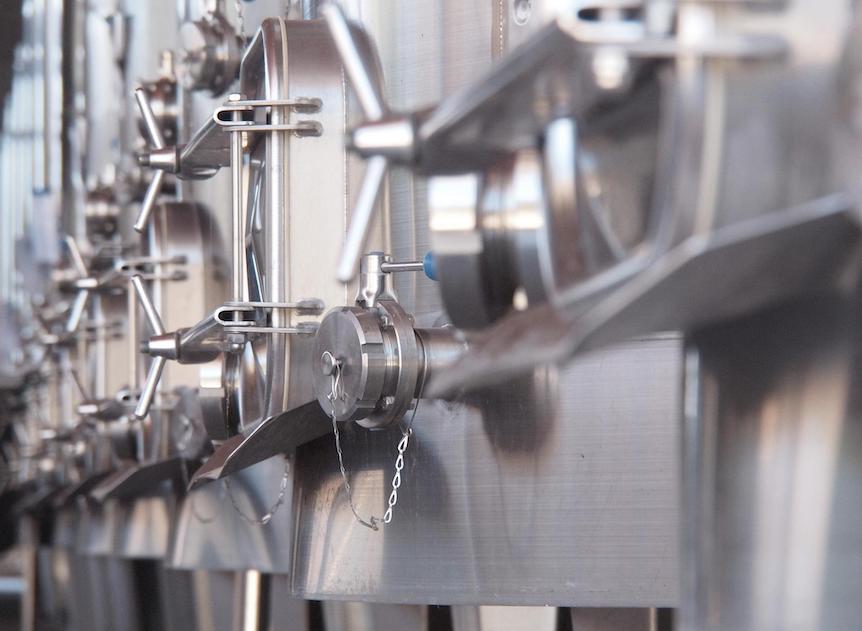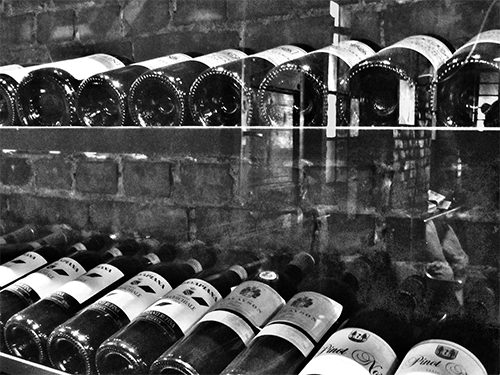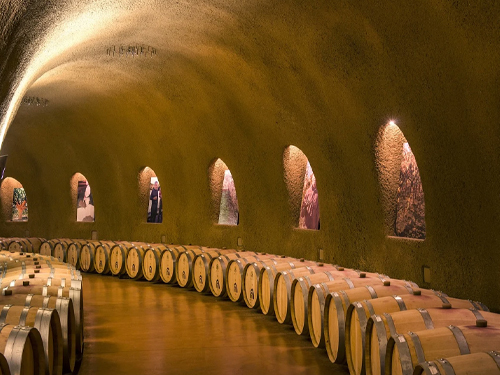Rédigé le 28/04/2022
Après le vin rouge, les étapes de la vinification du vin blanc !

- Égrappage, foulage et pressurage : ici, les deux premières étapes sont facultatives. Si elles sont réalisées, on peut ensuite presser le raisin pour libérer le moût et le séparer de la pellicule. Cette dernière permet d'éviter toute macération. La macération pelliculaire à froid peut être réalisée pendant 12 à 48 heures pour extraire le maximum d'arômes primaires qui sont contenus dans les peaux.
- Le pressurage : majoritairement, la vendange entière est immédiatement placée dans un pressoir où les baies sont écrasées afin de libérer le jus. Ici, pour le vin blanc, le pressurage doit être très puissant pour sortir tout le jus présent, mais de manière malgré tout délicate pour éviter trop de contact entre le jus et les peaux.
- Le débourbage : le jus est ensuite mis en cuve. À la sortie du pressoir, il est très trouble, de couleur beige et brun. Cette couleur est due aux nombreuses manières solides qui doivent être éliminées. Une opération nécessaire qui permet de clarifier le jus et d'éviter l'apparition de mauvais goûts durant la fermentation.
- Fermentation alcoolique : c'est sans aucun doute le moment le plus crucial puisque c'est celui où l'on transforme les sucres en alcool par l'action de levures qui sont présentes dans le vin de manière naturelle ou par l'action humaine. Pour les vins blancs, cette fermentation dure une dizaine de jours et se déroule environ à une température de 20°.
- L'élevage : celui-ci a lieu de deux manières différentes :
- En cuve : elle est notamment utilisée pour les vins blancs vifs à boire jeune. Il est obtenu et transféré dans une cuve où il va reposer de longues semaines pour se stabiliser.
- En barrique et fermentation malolactique : elle est utilisée pour les vins blancs puissants à faire vieillir. Il est également placé dans une barrique pour se reposer et se stabiliser et cela peut durer plusieurs mois. Vient ensuite la deuxième qui donne du gras et de la rondeur au vin.
- Décuvage : elle correspond à un soutirage qui permet de séparer le vin de ses lies grossières. Elle peut être également accompagnée d'autres étapes comme le sulfitage, l'assemblage, le collage ou la filtration qui auront une incidence sur les arômes et la structure du vin.
- La mise en bouteille : le vin est mis en bouteille. Il sera ensuite mis en vente directement ou pourra le laisser vieillir.













